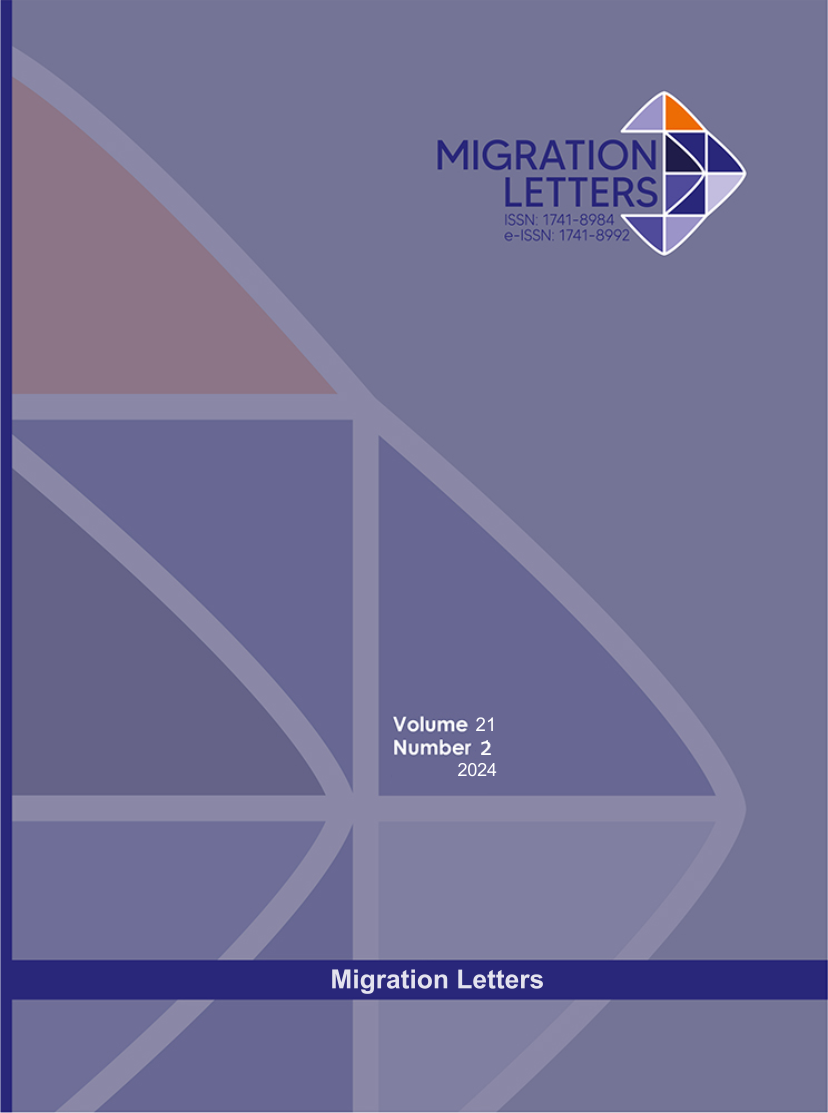The Demographic, Social and Economic Dimensions of Consanguineous Marriage and its Relationship to Genetic Diseases: Sickle Cell Anemia as a Model
DOI:
https://doi.org/10.59670/ml.v21i2.5986Abstract
This research seeks to analyze the demographic, social and economic dimensions of consanguineous marriage and its relationship to some genetic diseases, especially sickle cell anemia, as an attempt to limit the spread of this phenomenon in Saudi society.
The research relied on a quantitative approach using the social survey method. A questionnaire was applied to a purposive sample of families whose members were married by consanguineous marriage, numbering (254). The results of the research indicated that consanguineous marriage is the prevailing pattern in Saudi society at a rate of 72.8% and is preferred by 60.2% of the study sample. The ratio of consanguineous marriage increases in families that belong to the same tribe to reach 93.3%, due to social, cultural and economic factors. The research also concluded that 66.1% of consanguineous married couples holding a university degree. The research demonstrated the existence of a statistically significant relationship at the level of 0.05 between surrogacy and the high incidence of genetic blood disease (sickle cell anemia) in the Eastern Region. The study recommended the necessity of including reproductive health in university curricula, and encouraging youth to undergo medical examinations before marriage, and creating a database of people with genetic diseases and working with various institutions.
Metrics
Downloads
Published
How to Cite
Issue
Section
License

This work is licensed under a Creative Commons Attribution-NonCommercial-NoDerivatives 4.0 International License.
CC Attribution-NonCommercial-NoDerivatives 4.0






